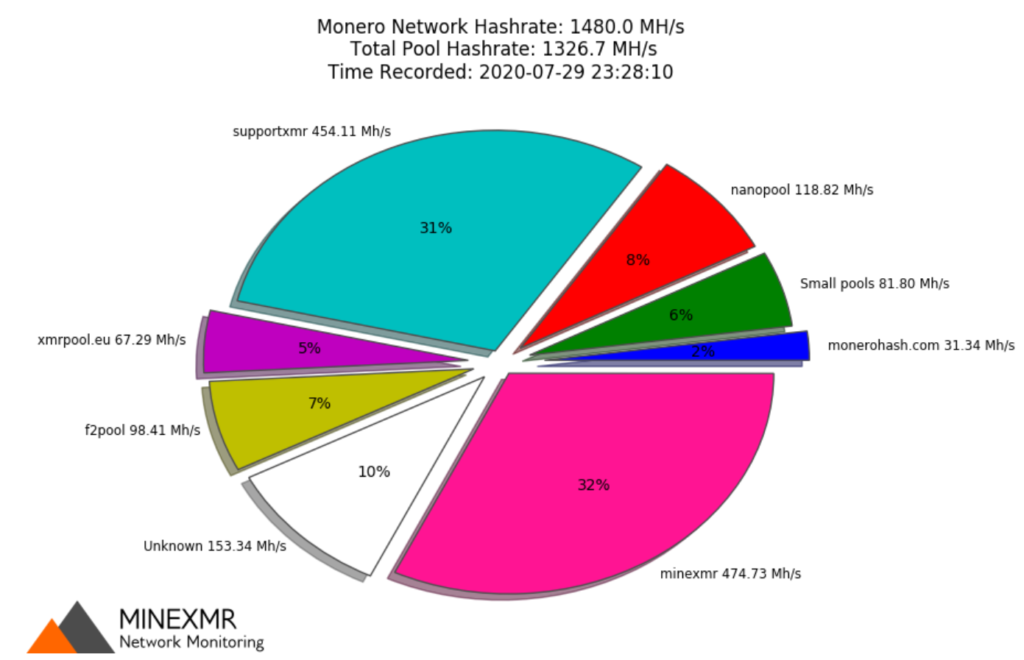Monero approaches key resistance zone of $100 XMR based on the VPVR and psychological round numbers as we are reading more in the Monero news today.
The privacy coin Monero is known for providing private and unlinkable transactions. The price of the asset is still down by 84% from its all-time high of about $500 established in 2017. The market cap stands at $1.4 billion which ranks XMR on the 15th position on the market cap list with $61 million in trading volume in the past day. The default privacy features used in XMR leverage Multilayered Linkable Spontaneous Anonymous Group signatures and stealth addresses while other coins with the optional ability to send private transactions include GRIN, Zcash, DASH and PIVX that use zero-knowledge proofs.

A quick comparison between the coins shows that XMR leads the market cap in daily fees and remains in second place in other categories with available data. Both XMR and GRIN obscure the blockchain transaction values and used addresses. RCT was implemented on XMR in 2017 and improves upon the ring signatures by allowing hidden transaction amounts, destinations, origins and efficiency and verifiable trustless coin creation. A stealth address features additional transaction privacy by allowing single-use addresses that reveal where the payment was sent to.

As Monero approaches key resistance, the drawback of the coin can be seen in its inability to audit the chain to determine if extra coins were minted. HackerOne revealed a few vulnerabilities including the ability to send fake XMR to exchange wallets and according to the report:
“by mining a specially crafted block that still passes daemon verification, an attacker can create a miner transaction that appears to the wallet to include a sum of XMR picked by the attacker…this can be exploited to steal money from exchanges.”
The Bug didn’t affect the on-chain values of the coin and the vulnerability was patched a few months before the HackerOne report. ZEC had a similar problem with the inflation bug a few months ago. The privacy features that XMR has attracted a lot of mining malware and ransomware operators in the past few years but the reports from 2019 show that about 5% of all XMR used in existence was created by crypto-mining malware.
There were a few other malware variants that affected different operating systems such as KingMiner, Linux.BTC.mine which targeted old Linux operating systems and many more. TrendMicro reported a huge uptick in XMR-related mining malware since 2018 which included two mining malware variants that affected Windows servers and Linux Malware coinminer which eliminated the competing malware on the infected computer.
DC Forecasts is a leader in many crypto news categories, striving for the highest journalistic standards and abiding by a strict set of editorial policies. If you are interested to offer your expertise or contribute to our news website, feel free to contact us at editor@dcforecasts.com






















Discussion about this post